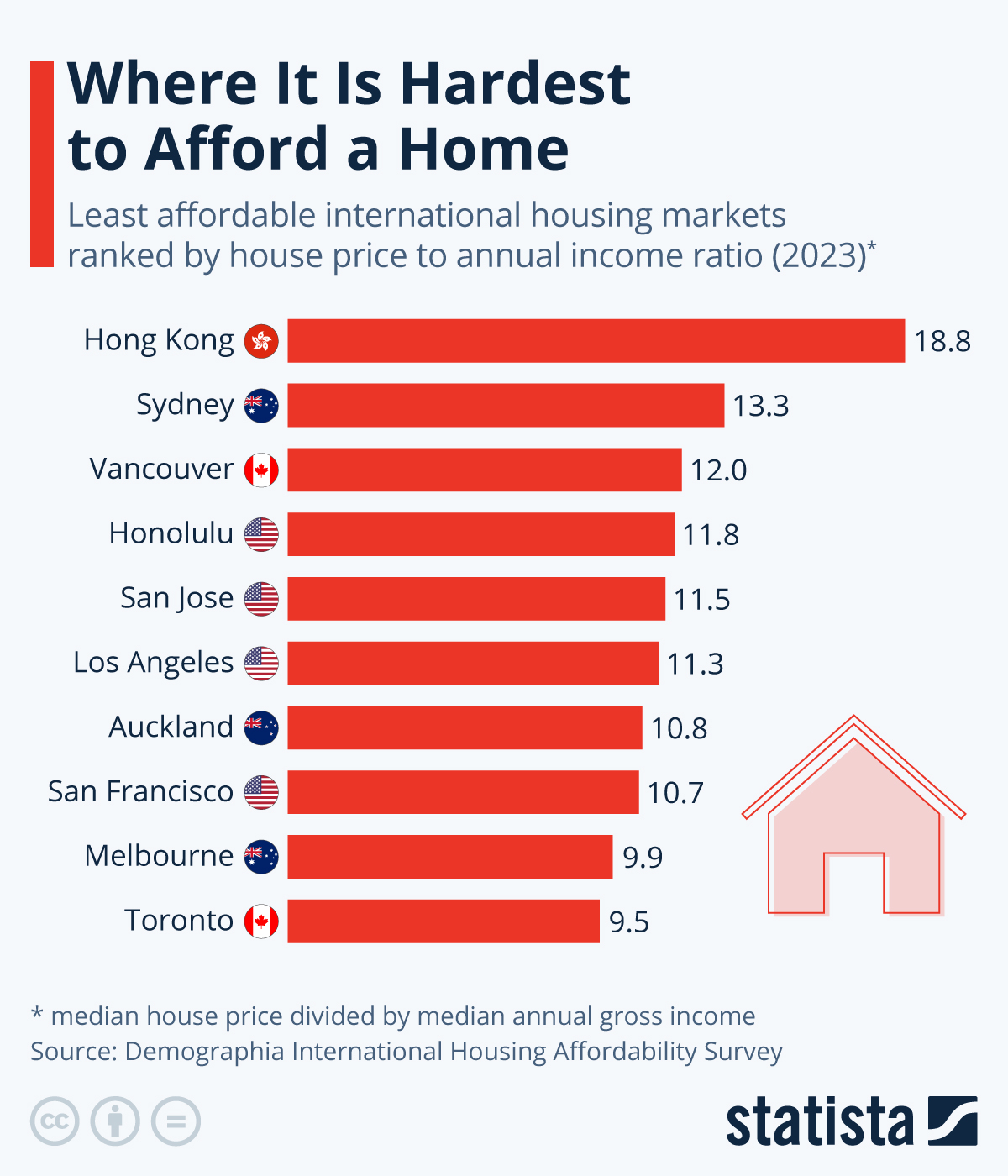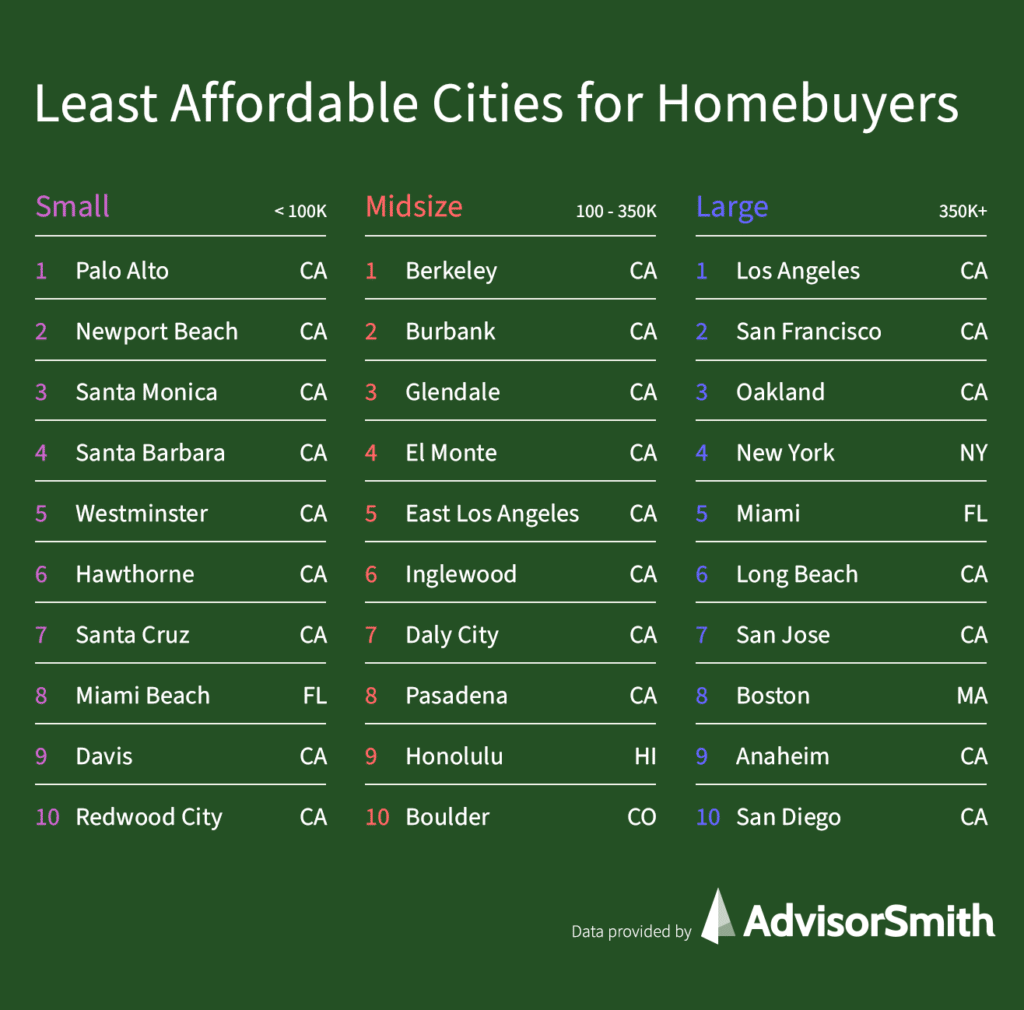Place Affordability Ratings: Your Guide to Understanding Housing Costs in Different Cities
When considering where to live, affordability is one of the most crucial factors. Understanding the housing market and the cost of living in a particular city can help you make an informed decision. This article will guide you through the concept of place affordability ratings, breaking down the most important aspects and what you need to know about living costs.

1. What Are Place Affordability Ratings?
Place affordability ratings refer to a score or ranking that measures how affordable it is to live in a specific location. These ratings take into account several factors such as housing costs, utility bills, transportation expenses, and overall cost of living.
Why Affordability Matters
Understanding these ratings is essential for anyone looking to move or invest in real estate. Affordability impacts not just your housing choice but also your overall quality of life. It influences how much disposable income you have for other expenses like food, entertainment, and savings.
By reviewing affordability ratings, you can find cities or neighborhoods where the cost of living is more aligned with your budget, allowing for a better financial outlook.
2. Key Factors That Affect Place Affordability
Several key factors influence a city’s affordability. When looking at place affordability ratings, it’s important to consider all of these aspects to get a complete picture.
2.1 Housing Costs
The largest contributor to affordability is housing costs. Rent or home prices vary greatly between cities and neighborhoods, and this is often the biggest expense for most people. Areas with lower home prices or affordable rental options tend to have higher affordability ratings.
-
High Housing Costs: Cities like San Francisco or New York often have high housing costs, which can dramatically reduce affordability.
-
Affordable Housing: Cities like Pittsburgh and Cleveland, which have lower housing prices, tend to be rated more favorably in terms of affordability.

2.2 Transportation Costs
Transportation can add a significant cost to your monthly budget. Whether you’re commuting via public transit, driving a car, or using ride-sharing services, these costs can vary widely between cities.
-
Public Transport Accessibility: Cities with well-developed public transport systems like New York or London can offer more affordable commuting options.
-
Car Dependent Cities: Cities like Los Angeles, where public transport is less accessible, may require higher car-related expenses, reducing affordability.
2.3 Utilities and Other Expenses
While housing and transportation are the most prominent costs, utilities (such as electricity, water, and gas) and other living expenses like food and healthcare also play a part in affordability.
-
Low Utility Costs: Some regions have lower utility costs due to local infrastructure or climate conditions, which can help increase overall affordability.
-
Healthcare and Insurance: The cost of healthcare and insurance premiums can also influence affordability ratings, particularly in cities where these costs are high.
2.4 Income Levels
Affordability is also influenced by the average income level of the population. A city with high salaries but equally high living costs might not feel affordable, while a city with modest salaries but lower living costs could offer a more balanced lifestyle.
-
High Income/High Cost: Cities like San Francisco or Washington, D.C. may have high salaries, but they also come with high costs, reducing affordability.
-
Lower Income/Lower Cost: Cities in the Midwest, like Indianapolis, tend to have lower living costs and moderate wages, making them more affordable for many residents.
3. Understanding Affordability Rankings
To get a clearer idea of affordability, cities are often ranked based on various affordability indices. These indices aggregate data from multiple sources to give a comprehensive view of how expensive or affordable it is to live in a particular area.
-
Housing Affordability Index: This index compares median home prices to median household incomes, providing insight into whether a typical family can afford to buy a home in a particular area.
-
Cost of Living Index: This index looks at the cost of goods and services in addition to housing, providing a broader view of a city’s overall affordability.

For example, according to the Affordability Index and other rankings, cities like San Francisco and Los Angeles typically rank poorly due to their expensive housing markets, while cities like Houston and Oklahoma City rank higher due to lower home prices and living costs.
4. How to Find the Best Places for Affordability
Finding the best places to live based on affordability requires careful research. Fortunately, many online tools and resources can help you compare cities and their cost of living. Here’s how to get started:
4.1 Use Online Cost of Living Calculators
Websites like Numbeo, Bankrate, and Zillow offer cost of living calculators where you can compare different cities’ affordability based on factors like housing, food, and transportation.
4.2 Look at Affordability Reports
Many organizations and research groups publish detailed affordability reports that rank cities based on factors like rent prices, mortgage payments, and the cost of daily expenses. These reports often include valuable insights that help you understand where your budget will go the furthest.
4.3 Consider Your Lifestyle Needs
Your personal lifestyle and priorities also play a big role in determining which cities are the most affordable. If you prioritize outdoor activities, you might look for cities with affordable housing but also ample parks and recreational spaces. If you need access to good schools, affordability might take a backseat to educational quality.
5. Benefits of Living in an Affordable Place
Choosing an affordable place to live comes with numerous benefits. Here are just a few:
5.1 More Disposable Income
When you live in an affordable area, you have more disposable income to save, invest, or spend on activities that improve your quality of life.
-
Lower Rent: With affordable rent or home prices, you can spend more on leisure activities or vacations.
-
Cheaper Goods and Services: A lower overall cost of living means your dollar stretches further, whether it’s for eating out or shopping for groceries.
5.2 Better Quality of Life
Living in an affordable area reduces stress related to finances, allowing you to enjoy a higher quality of life. You can focus on other aspects of your well-being, like health, family time, and personal development.
5.3 Long-Term Savings
Living in an affordable area can help you save more in the long run, whether it’s for retirement, an emergency fund, or future investments.
6. Conclusion: Make Informed Decisions About Affordability
Understanding place affordability ratings is essential when choosing where to live or invest. By considering factors like housing costs, transportation, and utilities, you can find the best places that align with your financial goals. Use the available resources and rankings to guide your decisions, and remember that affordability is not just about lower costs but also about finding a balance between cost and quality of life.
Frequently Asked Questions (FAQs)
1. How do affordability rankings affect homebuyers?
Affordability rankings help homebuyers assess whether they can afford to live in a particular area based on housing costs, salaries, and overall cost of living. Cities with lower rankings may have housing costs that exceed the median income, making it harder to buy a home.
2. Are affordability rankings the same in every country?
Affordability rankings vary between countries, as different regions have different economic conditions, salary levels, and housing markets. It’s important to research local affordability rankings for specific areas in your home country or abroad.
3. How can I improve my affordability if I live in an expensive area?
If you live in a high-cost area, consider ways to reduce your expenses. Look for affordable housing options, use public transport instead of driving, and seek cost-effective utilities to help reduce your overall cost of living.
By researching and utilizing affordability ratings, you can make smarter, more informed decisions about where to live, ensuring that you choose the best place for both your budget and lifestyle.
